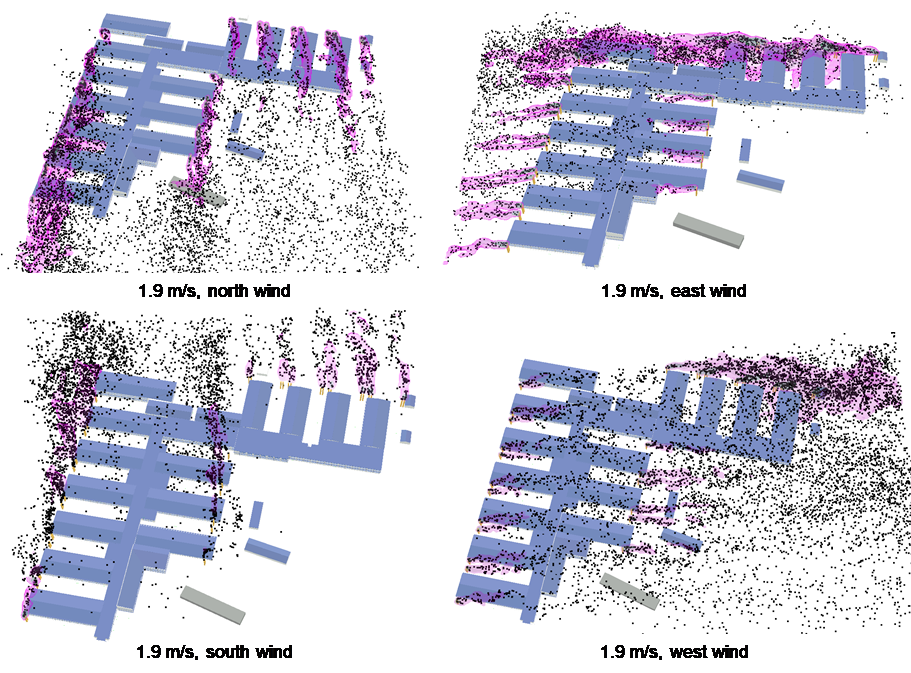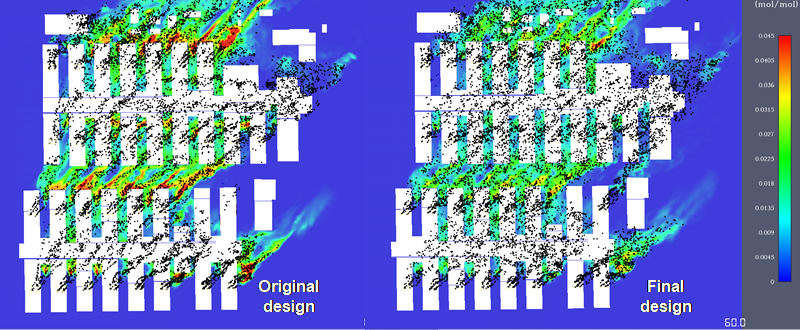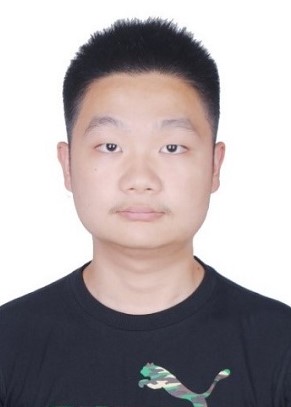By the middle of March 2020, the outbreak and spread of COVID-19 has affected many countries around the world. The cumulative confirmed cases over the world have been over 200 thousand, and a large number of patients have resulted in great pressure on the existing medical systems of several countries. In response to the shortage of medical resources, some Chinese cities began to build temporary hospitals for centralized treatment of the pneumonia patients. For example, Wuhan constructed two new COVID-19 temporary hospitals, namely Huoshenshan Hospital and Leishenshan Hospital. In the heating, ventilation, and air conditioning (HVAC) design of these hospitals, negative air pressure system and special exhaust system must be utilized to discharge the harmful air emitted by patients. The harmful air needs to be exhausted to higher altitude so as to prevent the virus from spreading to the unpolluted areas in the hospital. While the exhaust system is generally equipped with filter devices for the harmful air, there is still a certain degree of infection risk after the harmful air is discharged through the air outlets. Professor Jiang Yi and Zhao Bin from Tsinghua University conducted in-depth research on the transmission mechanism of SARS virus in 2003. The research results indicate that if the air emitted from a SARS patient is diluted by more than 10,000 times using clean air, it would result in a low risk of infection. On the basis of this research, if the actual situation of the COVID-19 temporary hospitals can be considered in the simulation of the dispersion process of exhausted air in outdoor environment, the infection risk caused by the harmful air can thus be quantitatively evaluated, which will provide designers with more specific reference during the design of such hospitals.
It must be noted that because the designs and constructions of Huoshenshan Hospital and Leishenshan Hospital must be completed in 6~10 days, just a few hours were allowed for the simulation and analysis of the impact of exhausted air on the environment. As a result, conventional analysis methods could not meet the special emergency needs of such projects, and the simulation method with both high accuracy and high efficiency were greatly in need.
To address the abovementioned difficulties, with the support of CITIC General Institute of Architectural Design and Research Co., Ltd. and Central-South Architectural Design Institute Co. Ltd., the research team from the Department of Civil Engineering of Tsinghua University, which is composed of Donglian Gu (Ph.D. candidate), Yongjia Xu (Ph.D. candidate), Zhe Zheng (Ph.D. candidate), Wenjie Liao (Ph.D. candidate), Zhen Xu (Ph.D. graduated from Tsinghua in 2012, now an associate professor of University of Science and Technology Beijing), Linlin Xie (Ph.D. graduated from Tsinghua in 2016, now an associate professor of Beijing University of Civil Engineering and Architecture), and Xinzheng Lu (professor of Tsinghua University), proposed a high-efficiency simulation method for analyzing the impact of exhausted harmful air from COVID-19 temporary hospitals. Powered by the open-source computational-fluid-dynamics software FDS and Huawei cloud computing plat, the proposed simulation method with both high accuracy and high efficiency can assist engineers to quickly investigate the spatial distribution of the exhausted harmful air from the temporary hospital, thereby enabling designers to complete the HVAC design in a truly short time.
From January 24, 2020, in accordance with the schedule requirements of Huoshenshan Hospital project and Leishenshan Hospital project, the research team pered a lot of analytical work based on the proposed simulation method, including analyzing the concentration distributions of the exhausted harmful air around these two hospitals (some typical visualizations of the simulation results can be seen from Figure 1), verifying the designed heights and locations of air outlets and fresh-air intakes, and quantitatively evaluating the risk of fresh-air intakes being polluted by exhausted harmful air from air outlets, to assist the engineers to complete the designs of these two hospitals in a truly short time.
Figure 1 Typical visualizations of the simulation results of (a) Huoshenshan Hospital and (b) Leishenshan Hospital

(a)

(b)
Students from the research team of the Department of Civil Engineering, Tsinghua University:

Donglian Gu (Ph.D candidate)

Yongjia Xu (Ph.D candidate)

Zhe Zheng (Ph.D candidate)

Wenjie Liao (Ph.D candidate)